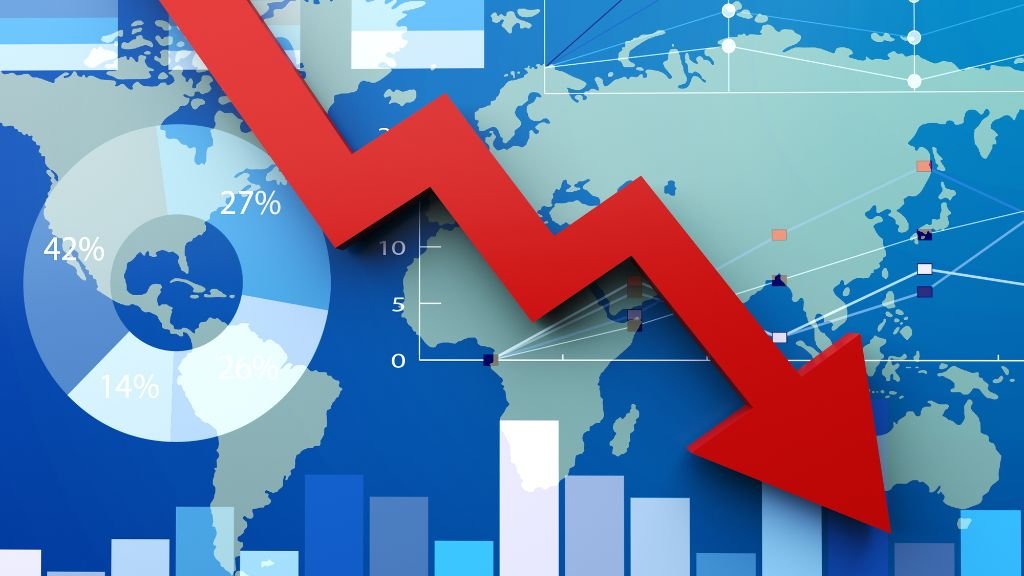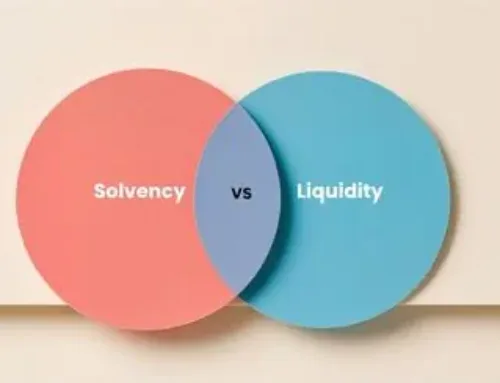
Credit ratings play a crucial role in shaping investment decisions, assessing financial risk, and determining borrowing costs. A credit downgrade—whether for a company, government, or financial institution—can send ripples across financial markets, triggering higher financing costs, market volatility, and shifts in investor confidence.
A downgrade typically occurs when an entity’s financial health deteriorates due to rising debt levels, economic instability, or governance concerns. It signals a higher risk of default, making it more expensive to access capital. Investors, seeking greater compensation for increased risk, demand higher interest rates on bonds and loans, putting further strain on the downgraded entity. For businesses, this can mean tighter credit conditions and reduced ability to finance growth. For governments, it may lead to higher borrowing costs, weaker currencies, and potential inflationary pressures.
Market reactions to credit downgrades can be swift. Institutional investors, often bound by regulations that limit their exposure to lower-rated securities, may offload bonds and stocks linked to the affected entity, exacerbating price declines. This sell-off can create a domino effect, heightening market uncertainty and further eroding confidence. Sovereign downgrades, in particular, can have widespread economic consequences. A weaker national credit rating can lead to capital flight, currency depreciation, and fiscal constraints that hinder public spending and economic recovery.
Corporate downgrades also carry significant implications. Companies facing higher borrowing costs may struggle to refinance existing debt, potentially leading to reduced profitability, operational cutbacks, or even default in extreme cases. Credit conditions may tighten as banks reevaluate lending risks, affecting not only the downgraded entity but also businesses and consumers dependent on financing.
Historical examples underscore the lasting impact of credit downgrades. The Eurozone debt crisis saw several countries face downgrades, triggering investor panic and economic turmoil. Similarly, corporate cases like the collapse of Lehman Brothers in 2008 and Evergrande’s debt crisis in 2021 highlight how downgrades can accelerate financial instability and market-wide distress.
To navigate the risks associated with credit downgrades, investors and businesses must adopt proactive strategies. Diversification, continuous monitoring of credit ratings, and maintaining strong financial fundamentals can help mitigate exposure to credit risks. Understanding the broader implications of downgrades enables market participants to make informed decisions, ensuring resilience in an evolving financial landscape.
While credit downgrades often signal economic and financial challenges, they also serve as important indicators for risk assessment. By staying informed and prepared, investors, businesses, and policymakers can adapt to changing conditions and safeguard financial stability in uncertain times.








Leave A Comment